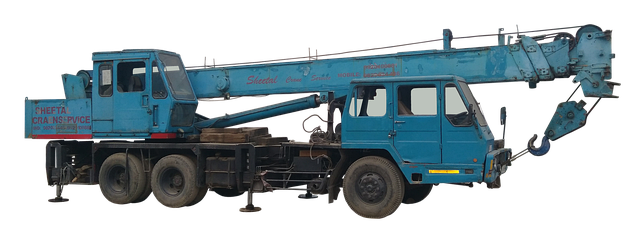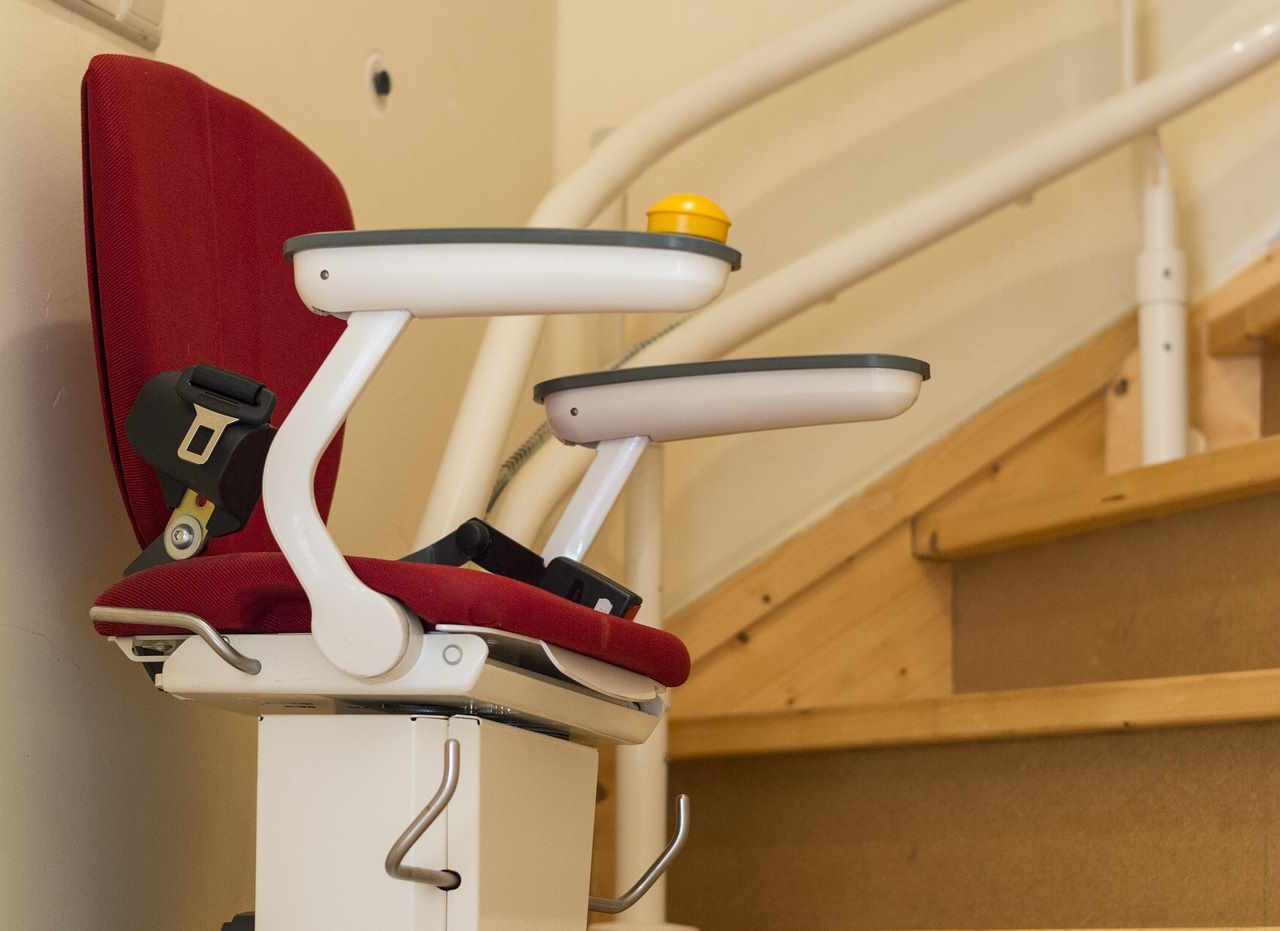Ex Military Vehicles Auctions: Understanding Market Options
Military vehicles hold a unique appeal for collectors, enthusiasts, and practical users alike. These robust machines, built to withstand extreme conditions and demanding tasks, often become available to the public through specialized auctions. Understanding how these auctions function, what affects pricing, and how to participate effectively can help potential buyers navigate this specialized market successfully. Whether you're seeking a tactical truck for off-road adventures or a vintage military collector's item, knowing the fundamentals of ex-military vehicle auctions is essential.

How Military Vehicle Auctions Work
Military vehicle auctions operate through several channels, each with distinct characteristics and requirements. Government surplus auctions represent the most direct source, where decommissioned vehicles are sold through the Defense Logistics Agency (DLA) or similar organizations. These auctions may be conducted online through platforms like GovPlanet or GSA Auctions, or through in-person events. Private auction houses also frequently handle military vehicle sales, often specializing in military collectibles or heavy equipment. These specialized auctions may feature curated selections with detailed vehicle histories.
The auction process typically begins with registration, which may require identity verification and sometimes proof of citizenship depending on the vehicle type. Vehicles are then presented with lot numbers and basic specifications. Bidders can place bids either online, by phone, or in person until the auction closes. Winning bidders are generally responsible for transportation arrangements, which can be substantial given the size and weight of many military vehicles.
Military Vehicle Price Factors and Market Trends
Several key factors drive the pricing of ex-military vehicles at auction. Vehicle condition naturally plays a primary role, with operational vehicles commanding higher prices than those requiring significant restoration. Original military specifications, including armor, specialized equipment, and authentic markings, can substantially increase value for collectors. Rarity and historical significance also dramatically affect pricing—vehicles with documented combat history or limited production runs typically fetch premium prices.
Current market trends show increasing interest in certain categories of military vehicles. Tactical trucks like the Humvee (HMMWV) continue to maintain strong demand since becoming widely available to civilians. Vintage World War II and Cold War era vehicles have seen steady appreciation as collectibles, while specialized vehicles with unique capabilities—such as amphibious transports or extreme terrain vehicles—often attract competitive bidding.
The market has also responded to practical applications, with many buyers seeking ex-military trucks for disaster preparedness, remote work operations, or extreme expedition setups. This utilitarian demand has helped maintain strong pricing for serviceable transport and utility vehicles even when they lack collector appeal.
Preparing for Military Vehicle Auction Participation
Successful participation in military vehicle auctions requires thorough preparation. Begin by conducting comprehensive research on the specific vehicles you’re interested in, including common mechanical issues, parts availability, and typical auction prices. Many auction houses provide pre-auction inspection opportunities, which are invaluable for assessing vehicle condition firsthand. Bringing a mechanic specialized in military vehicles during inspection can provide crucial insights about potential repair costs.
Understanding documentation requirements is equally important. Military vehicles may require specific registration procedures depending on your location, and some feature unique compliance challenges. Vehicles with specialized equipment might face regulatory restrictions or require modifications before road use. Budget planning should account not just for the purchase price, but also for transportation costs, immediate maintenance needs, storage requirements, and ongoing operating expenses.
Establishing maximum bid limits before auction day helps prevent emotional bidding, which can be particularly common when competition arises for rare or desirable vehicles. Additionally, researching multiple auctions rather than focusing on a single event provides more options and potentially better pricing.
Military Vehicle Auction Marketplace Overview
The marketplace for ex-military vehicles features several established providers with different specializations and approaches. Understanding these options helps buyers target the most appropriate venues for their specific needs.
| Auction Provider | Specialization | Key Features | Typical Price Range |
|---|---|---|---|
| GovPlanet | Direct U.S. military surplus | Regular online auctions, wide selection, detailed condition reports | $5,000-$50,000 |
| Ritchie Bros. | Heavy equipment including military | International reach, in-person and online bidding, equipment financing | $10,000-$100,000+ |
| Iron Planet | Construction and military equipment | Online platform, inspection services, shipping assistance | $8,000-$75,000 |
| Military Vehicle Preservation Association events | Collector and historical vehicles | Specialized vintage inventory, authentication services | $15,000-$250,000+ |
| Auctions America | Collector vehicles including military | High-end presentation, comprehensive vehicle histories | $20,000-$500,000+ |
Prices, rates, or cost estimates mentioned in this article are based on the latest available information but may change over time. Independent research is advised before making financial decisions.
Cost considerations extend beyond the initial purchase price. Transportation costs typically range from $1-$3 per mile for standard military trucks, while specialized equipment may require permits and specialized hauling at significantly higher rates. Maintenance costs average 15-30% of purchase price annually for operational vehicles, with parts availability dramatically affecting these expenses. Insurance for military vehicles varies widely based on intended use, with collector vehicles often qualifying for specialized policies at lower rates than daily-use vehicles.
Legal Considerations and Regulations
Purchasing ex-military vehicles involves navigating specific legal requirements. Demilitarization standards must be verified—certain vehicles may have undergone removal of specialized equipment or capabilities to meet civilian regulations. Registration requirements vary significantly by state and country, with some jurisdictions offering special historic vehicle plates while others may restrict road use entirely for certain vehicle types.
Import/export restrictions apply when purchasing from international sources, requiring customs clearance and compliance with local regulations. Some military vehicles may contain materials like certain electronics or armor configurations that face regulatory restrictions. Additionally, buyers should verify EPA and emissions compliance, as many military vehicles were exempt from civilian emissions standards when manufactured. While some grandfather clauses exist, modifications may be required for road-legal operation in certain jurisdictions.
Understanding these legal considerations before bidding can prevent costly surprises after purchase and ensure the vehicle can be used as intended.




